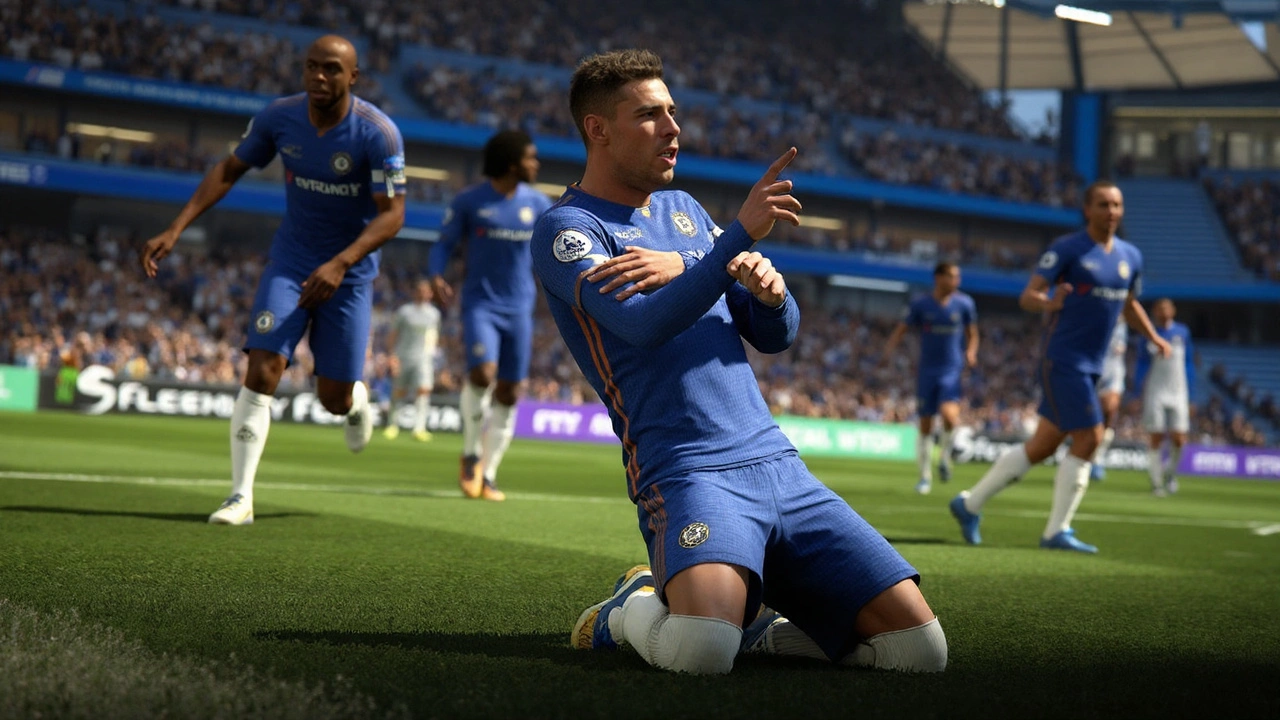Gaming Latency Explained: What It Is and How to Fix It
If you’ve ever missed a shot or died on the splash screen, you’ve felt gaming latency. It’s the delay between your controller input and what shows up on screen. In practical terms, it’s the time it takes for data to travel from your console or PC to the game server and back. High latency, often called "lag," can ruin even the best strategies, so understanding it is the first step to winning more.
Why Latency Happens
Latency isn’t just about a slow internet plan. Several factors add up: distance to the server, quality of your router, network congestion, and even the type of connection you use (Wi‑Fi vs. Ethernet). For example, a player in London connecting to a server in Los Angeles will naturally see higher ping than someone using a local EU server. Similarly, a crowded household with multiple devices streaming video can bump your ping up by 20‑30 ms.
Another hidden culprit is the game’s own netcode. Some titles are built to handle packet loss better than others, meaning you might see less impact from the same ping in one game versus another. Knowing the specific demands of the games you play helps you target the right fixes.
Quick Wins to Lower Your Gaming Latency
1. Use a wired connection. An Ethernet cable bypasses Wi‑Fi interference and can shave 10‑30 ms off your ping. If you can’t run a cable, consider a Powerline adapter as a middle ground.
2. Pick the right server. Most modern games let you choose a region. Select the one closest to you for the lowest round‑trip time. If you’re a competitive player, stick to servers where you consistently see sub‑50 ms ping.
3. Close background apps. Bandwidth‑hungry programs like video calls, streaming services, or large downloads compete with your game traffic. Shut them down before you start a session.
4. Upgrade your router. A router with QoS (Quality of Service) lets you prioritize gaming traffic. Even a modest mid‑range router can improve stability compared to old models.
5. Check your ISP’s speed. While raw download speed isn’t the main factor, a plan with low latency routing (often marketed as "gaming‑optimized") can make a difference. Ask your provider about latency‑focused packages.
6. Use game‑specific tools. Some games offer network settings like "reduce visual effects" or "limit FPS" that lower data load and can indirectly improve ping.
While none of these tricks will eliminate latency entirely, combining a few can bring your ping down from 120 ms to a much more playable 40‑50 ms. That’s often the sweet spot where you feel responsive without sacrificing visual quality.
Remember, the goal isn’t just a lower number; it’s a smoother, more predictable experience. Keep an eye on your ping during matches; if you notice spikes, pause, check your network, and apply the fixes above. Over time, you’ll build a habit of maintaining a low‑latency setup, giving you a real edge in every game you play.

EA Sports FC 26 Tackles Input Delay: Developers Go Door-to-Door for Real-World Testing
EA Sports took a hands-on approach to fight input delay in FC 26, visiting players' homes to diagnose connection and display problems. Over half still use Wi-Fi, and TV settings add crucial milliseconds. New animations and tech tips aim to bring gamers smoother, more responsive gameplay both online and offline.
View more